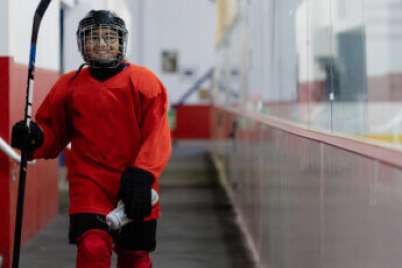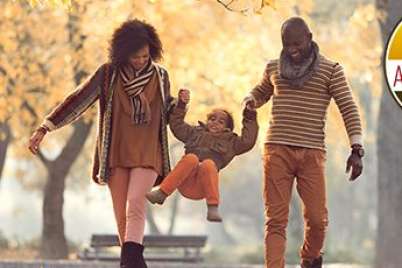
6 ways babies develop physical literacy
Waiting for the birth of your first child, you have hundreds of questions. You wonder about nutrition, sleep routines, feeding, and even the best place to buy diapers. They all boil down to one thing: providing your baby with the best possible environment to grow and develop.
For this reason, you will eventually want physical literacy to be part of your child’s life. Physical literacy means your child develops a wide variety of fundamental movement skills that will support an active lifestyle and all of the physical, cognitive, emotional, and social benefits that go with it.
But what does all of this look like during your baby’s first year? It simply means that your baby needs to develop basic motor skills.
The precursors to physical literacy are infant motor skills such as crawling and grasping, and these need to be encouraged during the first year of infancy. Regular movement is essential to healthy brain development, and your job is to stimulate and encourage age-appropriate movement in the right ways at the right times throughout the year.
You are probably watching for the typical stages of infant development already. You might not think that those milestones have anything to do with physical literacy, but they are key to your baby becoming a physically literate child. As your baby gets older, the physical skills they learn later will be built on the basic motor skills they develop in their first year.
Keep in mind that the age ranges specified below are flexible. Every child develops at different speeds and different times. If your child doesn’t seem ready for some of these activities, there’s a good chance you simply need to wait a bit.
Skill: Grasping
Why it’s important: Your child is born with a grasping reflex from day one. However, she will actually begin to grasp things intentionally at around three to four months. The ability to grasp objects is an essential motor skill. It also requires the development of hand-eye coordination, and it needs to be stimulated and supported in infancy.
Tip: Make sure your child always has age-appropriate toys to encourage her to practice grasping.
Skill: Rolling over
Why it’s important: Your infant should be able to roll over onto his stomach between four and six months of age. Rolling over requires the development of basic core strength, and continued practice develops greater strength and coordination in order to progress to sitting and crawling.
Tip: Give your infant regular tummy time so he becomes familiar with the sensation of being on his stomach.
Skill: Sitting
Why it’s important: Infants will generally be able to sit up unassisted at six months. Sitting requires core strength and coordination, which is developed earlier through regular tummy time.
Tip: When your infant starts to sit up on the floor, make sure that there are no sharp or hard obstacles present. Never leave her sitting unattended on beds, sofas, or chairs. If she loses her balance and tumbles, serious injury can result.
Skill: Crawling
Why it’s important: For the most part, infants begin to crawl between 7 and 10 months. It sometimes begins as an “army crawl” with him pulling his body forward using his hands. Crawling requires your baby to have the strength to push himself up onto his hands and knees, and then maintain balance in that position as he propels himself forwards or backwards.
Tip: Encourage your child to crawl and reach by placing toys on the floor around him. While some infants don’t ever crawl, but instead go directly to cruising, don’t be in a rush for him to walk. Crawling is important for both motor and cognitive development.
Skill: Cruising
Why it’s important: Cruising describes how infants begin to learn how to walk by holding onto furniture for support. Your child develops strength, balance, and coordination by cruising.
Tip: You should ensure that your child is safe to cruise by removing floor obstacles such as toys and cushions, and removing any furniture that has sharp edges or hard angles.
Skill: Walking
Why it’s important: At around 13 months, most children will be walking without support. That is, they will be “toddling” as they take their first steps without assistance (that’s where the term “toddler” comes from). 13 months is an average: some children may walk sooner, and some as late as 16 months.
Tip: As with cruising, you should ensure that your child is safe for walking by removing obstacles on the floor – toys and cushions – and removing any furniture with sharp edges or hard angles.





